Description
This stack is designed to provide educators with the tools to create high-quality literacy instruction to improve student understanding of language and conventions.
What You'll Demonstrate
You will demonstrate the essential components of analyzing student understanding and application of language and conventions.
Who Should Apply
- PK12 educators
- Instructional coaches
- Literacy coaches/interventionists
- Education support professionals
Micro-credentials
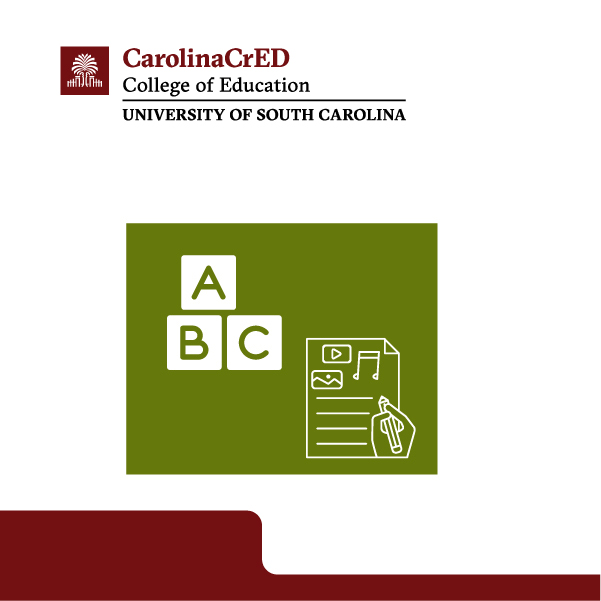
Capitalizing Art/Musical Compositions
The educator collects and analyzes two students’ use of capital letters in names of works of art and musical compositions in their own writing.
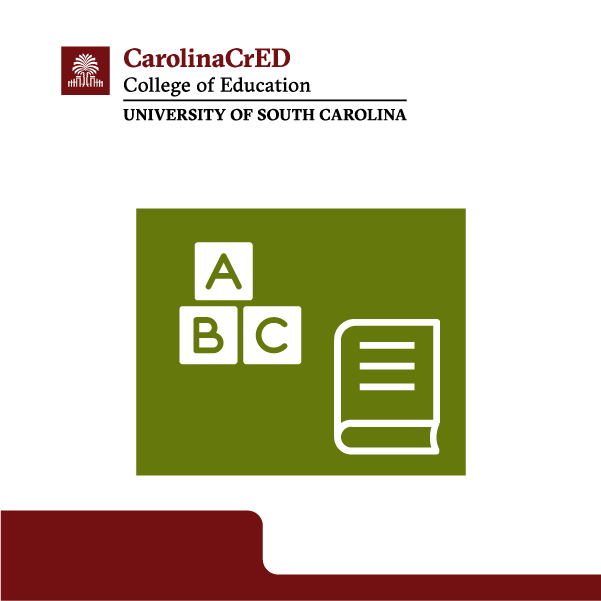
Capitalizing Book Titles
The educator collects and analyzes two students’ use of capital letters in book titles in their own writing.
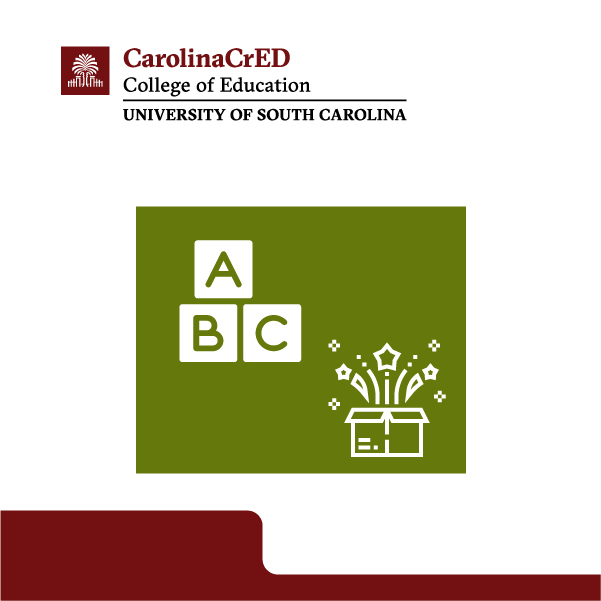
Capitalizing Company/Product Names
The educator collects and analyzes two students’ use of capital letters in company names and product names in their own writing.
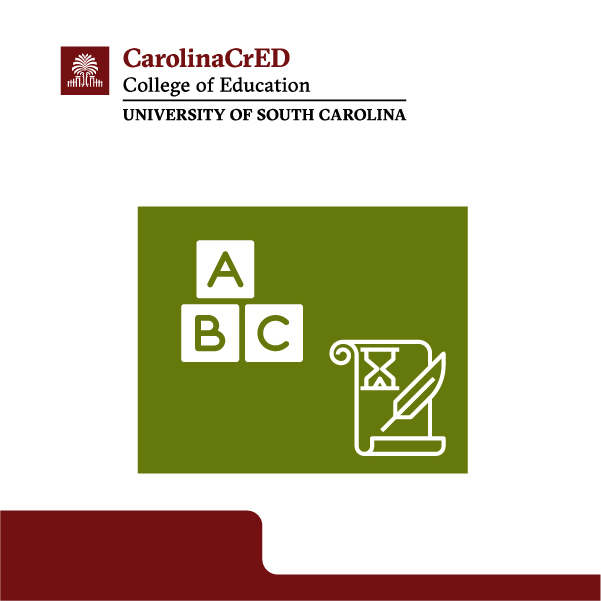
Capitalizing Historical Periods
The educator collects and analyzes two students’ use of capital letters in historical periods in their own writing.
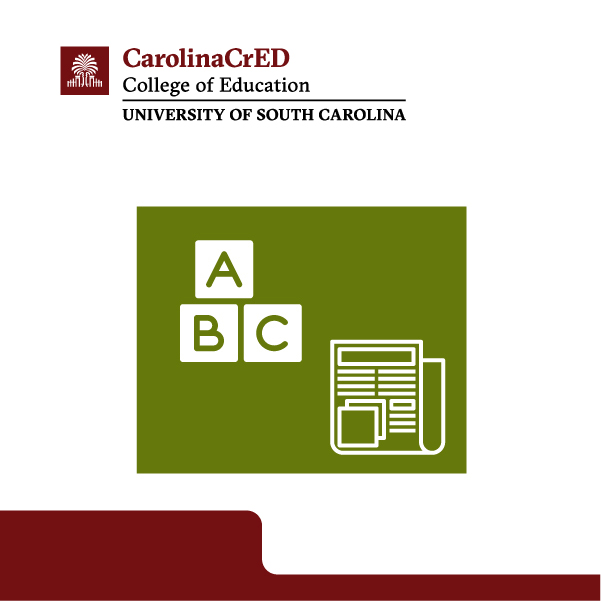
Capitalizing Magazine/Newspaper Names
The educator collects and analyzes two students’ use of capital letters in magazine and newspaper names in their own writing.

Capitalizing Organization Names
The educator collects and analyzes two students’ use of capital letters in names of organizations in their own writing.
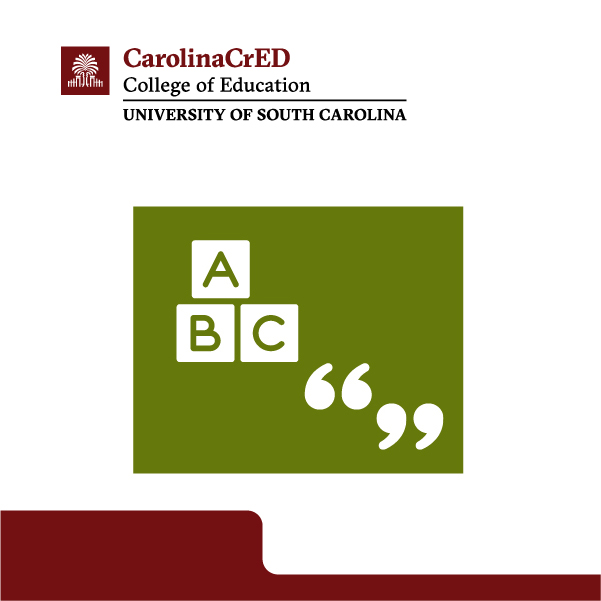
Capitalizing Questions: First Words
The educator collects and analyzes two students’ use of capital letters for the first word in direct quotations in their own writing.
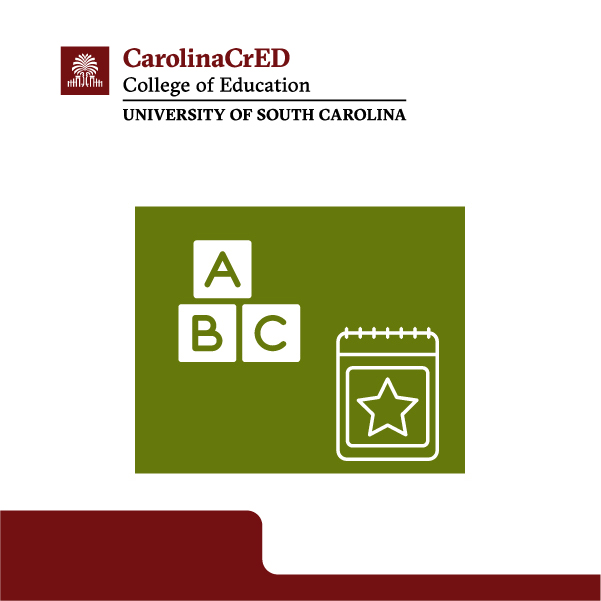
Capitalizing Special Events
The educator collects and analyzes two students’ use of capital letters in special events in their own writing.
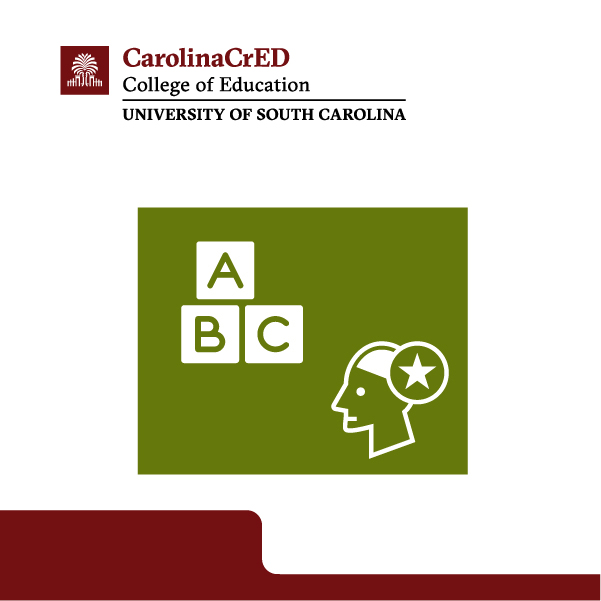
Capitalizing Titles of People
The educator collects and analyzes two students’ use of capital letters in titles of people in their own writing.
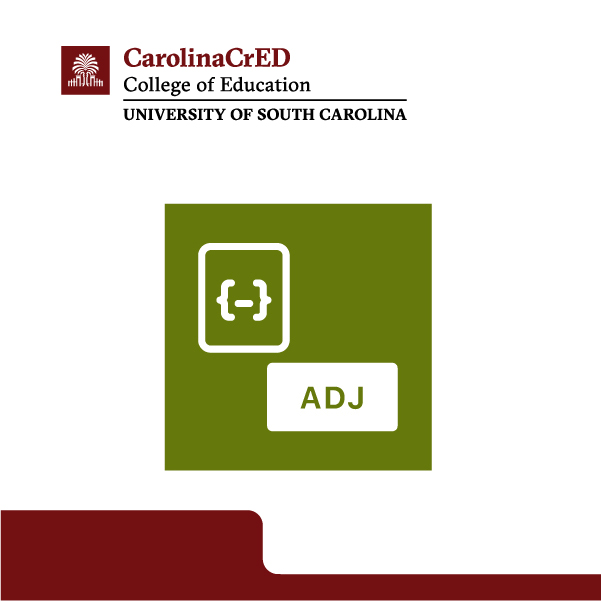
Hyphenating Attributive Adjective Phrases
The educator collects and analyzes student’s use of hyphens in attributive adjective phrases in their own writing.

Hyphenating Words: Avoiding Misinterpretation
The educator collects and analyzes two students’ use of hyphens in words to avoid misinterpretation in their own writing.

Teaching Abstract Nouns
After modeling how to identify and the function of abstract nouns, the teacher collects and analyzes students’ work samples.
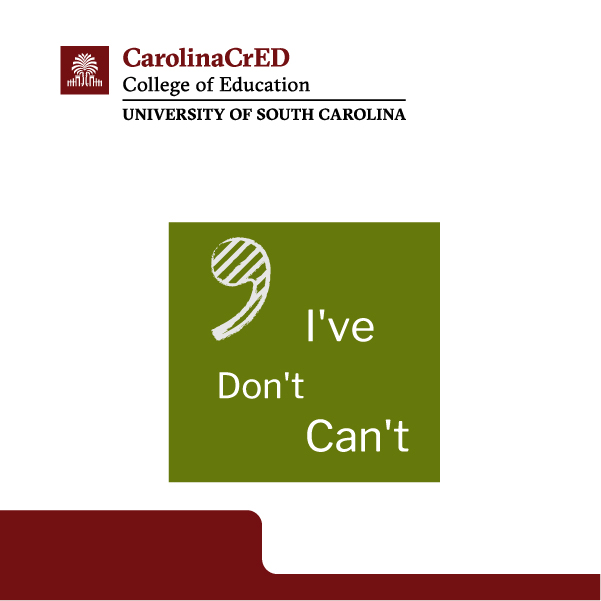
Teaching Apostrophes: Contractions
The educator collects and analyzes two students’ use of apostrophes to form contractions in their own writing.

Teaching Apostrophes: Possessives
The educator collects and analyzes two students’ use of apostrophes to form singular and plural possessives in their own writing.
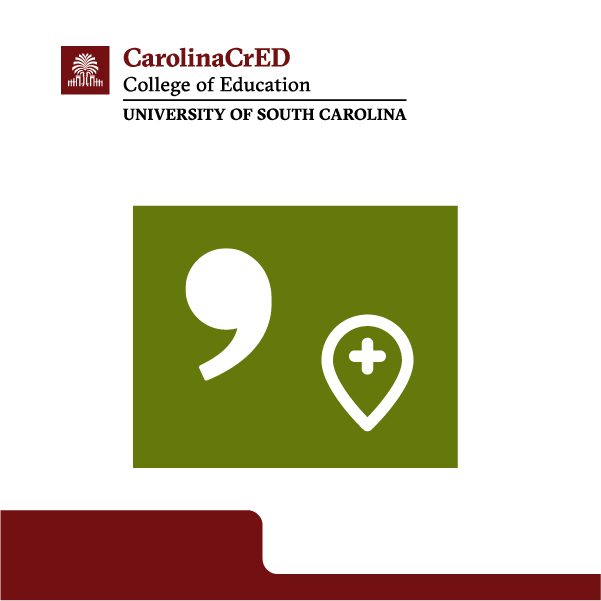
Teaching Commas: Appositives
The educator collects and analyzes two students’ use of commas to set off appositives in their own writing.
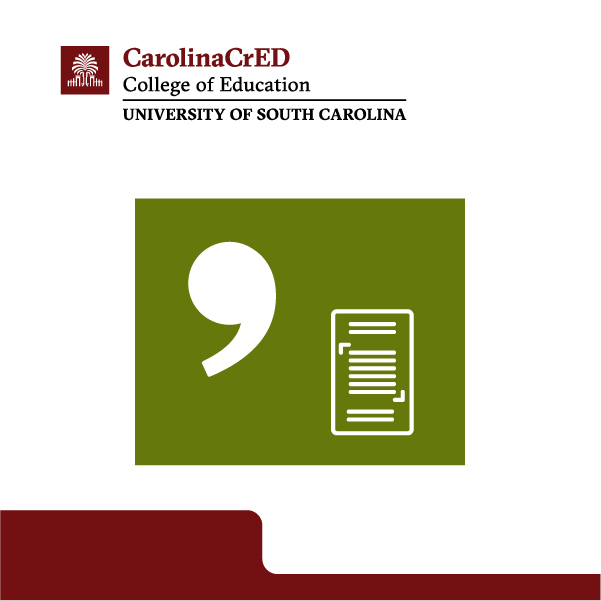
Teaching Commas: Compound Sentences
The educator collects and analyzes two students’ use of commas before coordinating conjunctions in compound sentences in their own writing.

Teaching Commas: Coordinate Adjectives
The educator collects and analyzes two students’ use of commas to punctuate coordinate adjectives in their own writing.
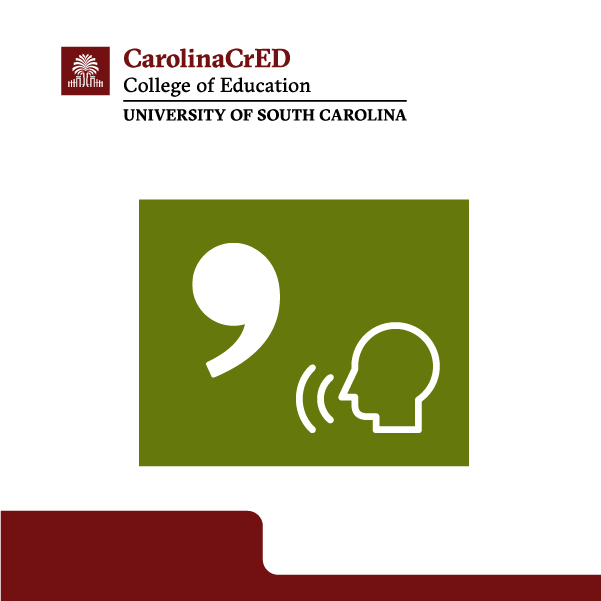
Teaching Commas: Direct Address
The educator collects and analyzes two students’ use of commas to set off nouns of direct address in their own writing.
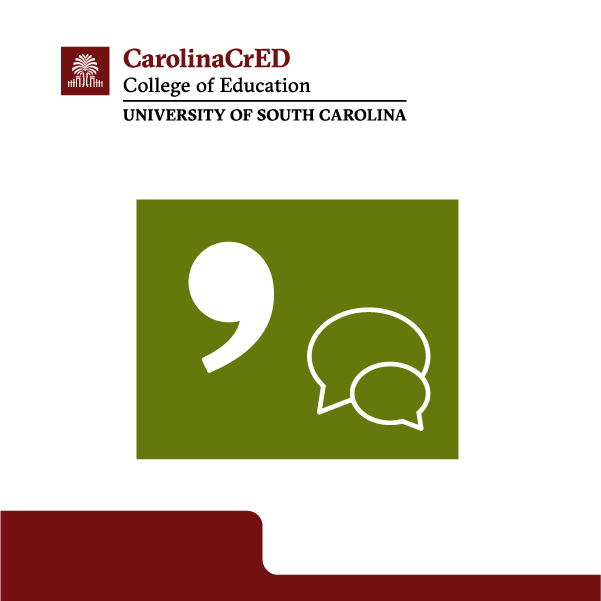
Teaching Commas: Direct Speech
The educator collects and analyzes two students’ use of commas with quotation marks to mark direct speech in their own writing.
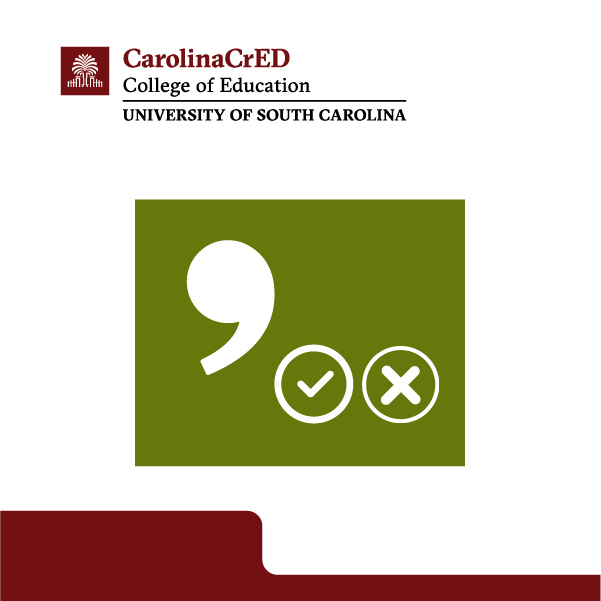
Teaching Commas: Introductory Words
The educator collects and analyzes two students’ use of commas to set off the introductory words yes and no in their own writing.
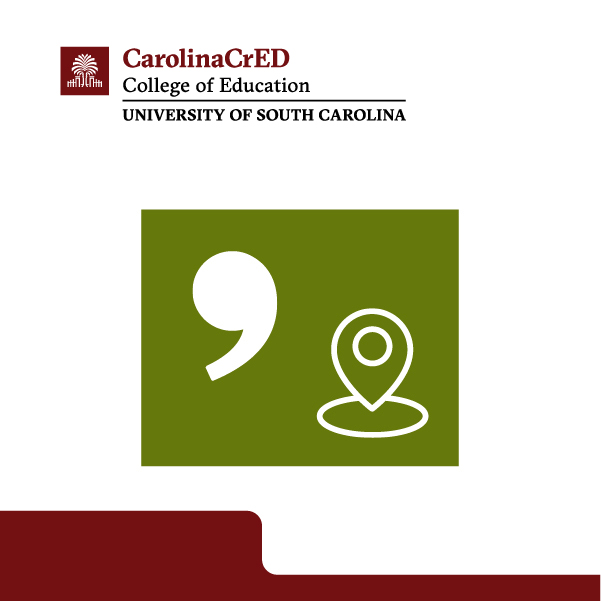
Teaching Commas: Locations/Addresses
The educator collects and analyzes two students’ use of commas with locations and addresses in their own writing.
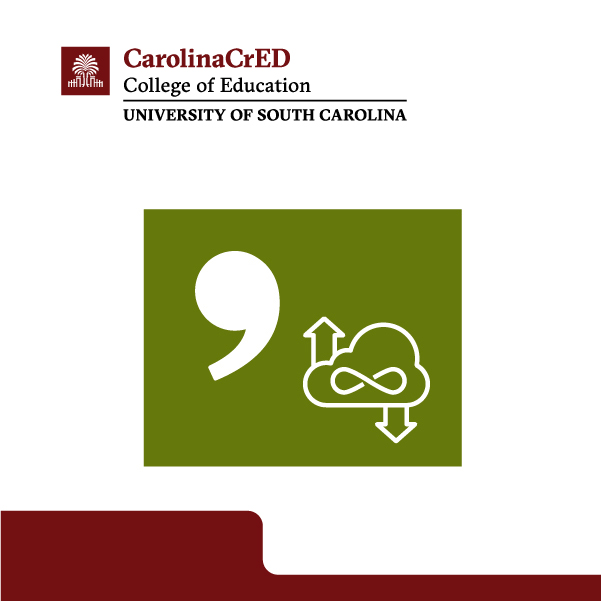
Teaching Commas: Nonrestrictive Elements
The educator collects and analyzes at least two students' use of commas to set off nonrestrictive/parenthetical elements and to indicate a pause, break, or omission in their own writing.
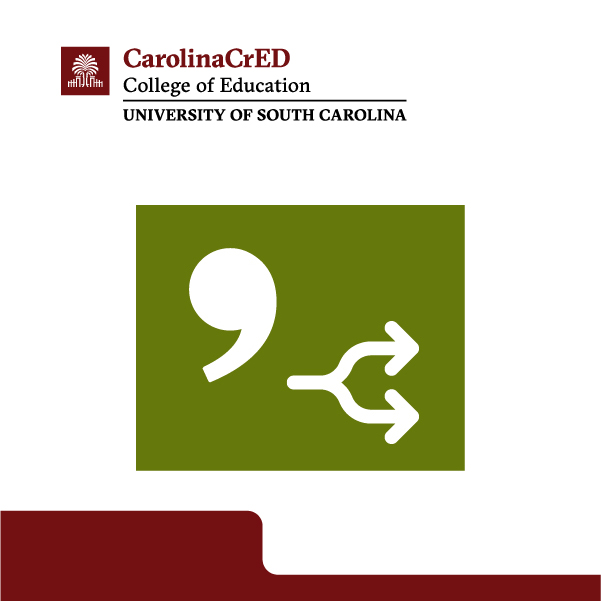
Teaching Commas: Parallel Structures
The educator collects and analyzes two students’ use of commas to separate adjacent, parallel structures in their own writing.
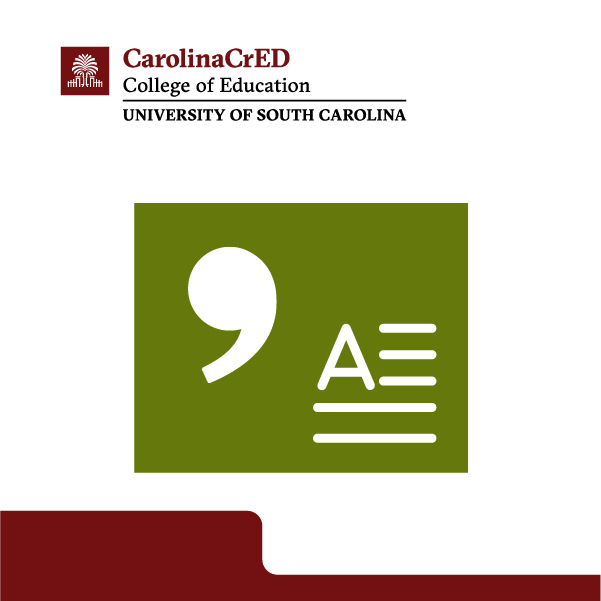
Teaching Commas: Subordinate Clauses
The educator collects and analyzes two students’ use of commas after introductory clauses in sentences in their own writing.
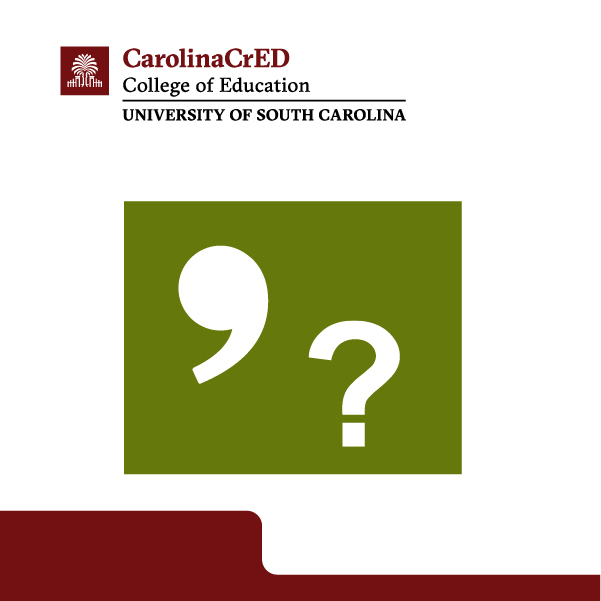
Teaching Commas: Tag Questions
The educator collects and analyzes two students’ use of commas to set off tag questions from the rest of the sentence in their own writing.

Teaching Concrete Nouns
After modeling how to identify a concrete noun and it’s function, the teacher collects and analyzes students’ work samples.

Teaching Conjunctions: Subjective Adverbs
The educator collects and analyzes two students’ use of semicolons with conjunctive adverbs to link two or more closely related independent clauses in their own writing.
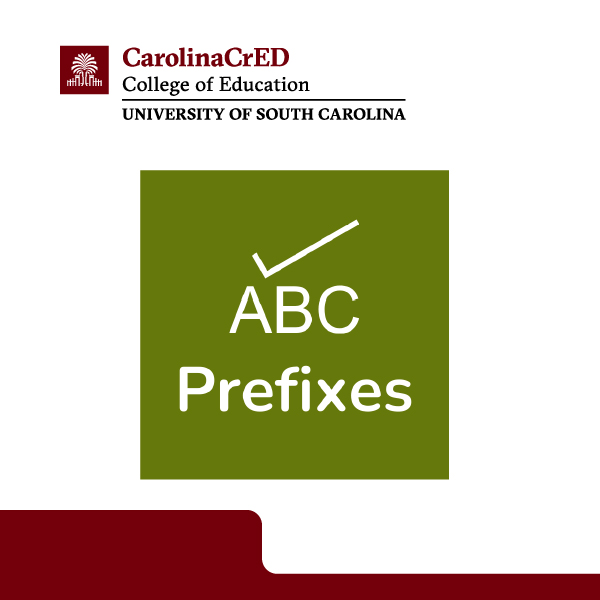
Teaching Conventional Spelling: Prefixes
The educator collects and analyzes two students’ use of conventional spelling to add hyphenated and unhyphenated prefixes to base words.
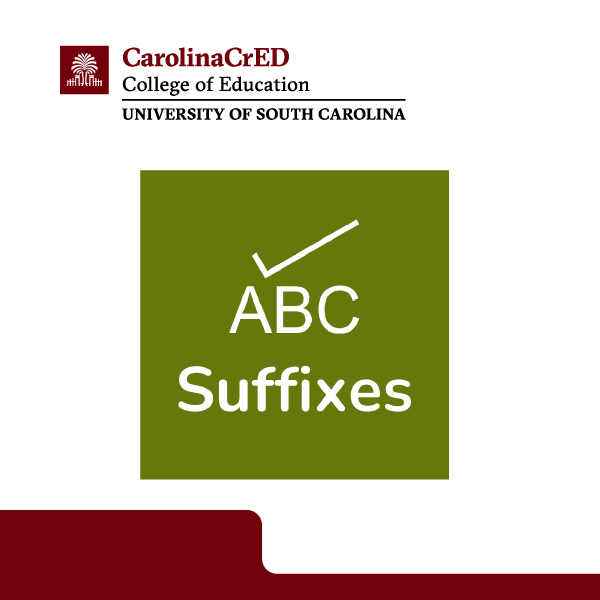
Teaching Conventional Spelling: Suffixes
The educator collects and analyzes two students’ use of conventional spelling to add suffixes to base words.

Teaching Conventions: Colons
The educator collects and analyzes two students’ use of colons to introduce lists and quotations in their own writing.
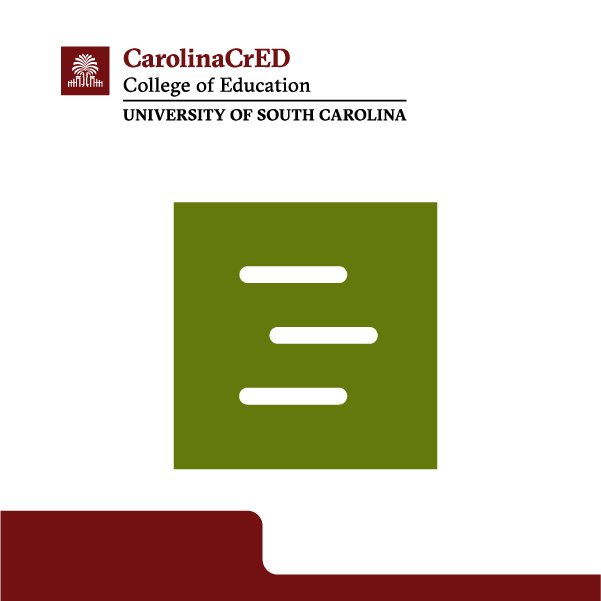
Teaching Conventions: Dashes
The educator collects and analyzes at least two students’ use of dashes to set off nonrestrictive/parenthetical elements and to indicate a pause, break, or omission in their own writing.

Teaching Conventions: Ellipses
The educator collects and analyzes two students’ use of ellipses to indicate a pause, break, or omission in their own writing.
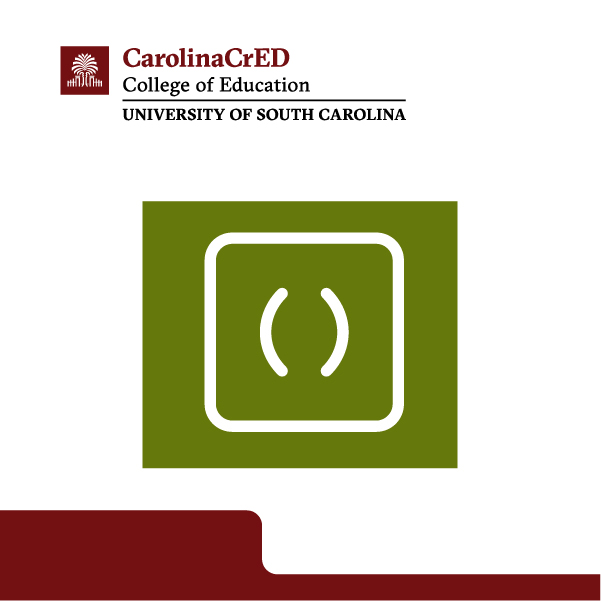
Teaching Conventions: Parentheses
The educator collects and analyzes two students’ use of parentheses to set off nonrestrictive/parenthetical elements in their own writing.

Teaching Conventions: Quotation Marks
The educator collects and analyzes two students’ use of quotation marks to mark direct speech in their own writing.

Teaching Plural Nouns
After modeling how to identify plural nouns and their function, the teacher collects and analyzes students’ work samples.
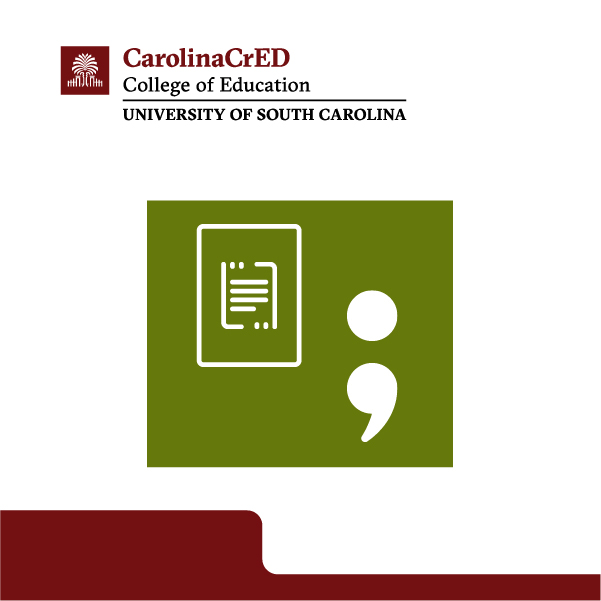
Teaching Semicolons: Compound Sentences
The educator collects and analyzes two students’ use of semicolons to connect main clauses in their own writing.

Teaching Use of Singular Nouns
After modeling how to identify and the function of singular nouns, the teacher collects and analyzes students’ work samples.

Teaching Verbals: Gerunds
The educator collects and analyzes two students’ use of gerunds in their own sentences and their explanations for the functions of gerunds in their own sentences.

Teaching Verbals: Infinitives
The educator collects and analyzes two students’ use of infinitives in their own sentences and their explanations for the functions of infinitives in their own sentences.

Teaching Verbals: Participles
The educator collects and analyzes two students’ use of participles in their own sentences and their explanations for the functions of participles in their own sentences.

Teaching Verbs: Active/Passive Voice
The educator collects and analyzes two students’ use of verbs in the active voice and passive voice in their own sentences.

Teaching Verbs: Conditional Mood
The educator collects and analyzes two students’ use of the conditional mood in their own sentences.

Teaching Verbs: Imperative/Interrogative Moods
The educator collects and analyzes at least two students’ use of the imperative mood and interrogative mood in their own sentences.
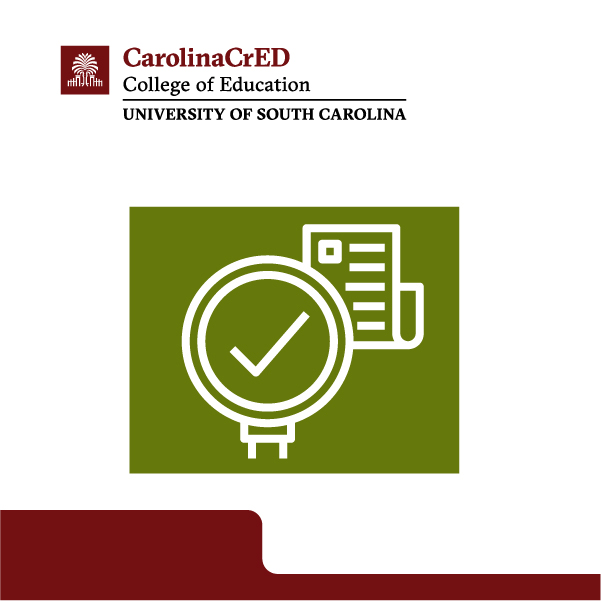
Teaching Verbs: Indicative Mood
The educator collects and analyzes two students’ use of the indicative mood in their own sentences.

Teaching Verbs: Subjunctive mood
The educator collects and analyzes two students’ use of the subjunctive mood in their own sentences.